My fourth day in Korea was patted by rain but the temperature was just the right degree of cool. I could check out the vicinity around our hotel in a light t-shirt and shorts. I found out later that autumn in Korea arrived late this season which disappointed me somewhat as I was looking forward to see rows of trees turning amber or a mountain canopy of warm tones.
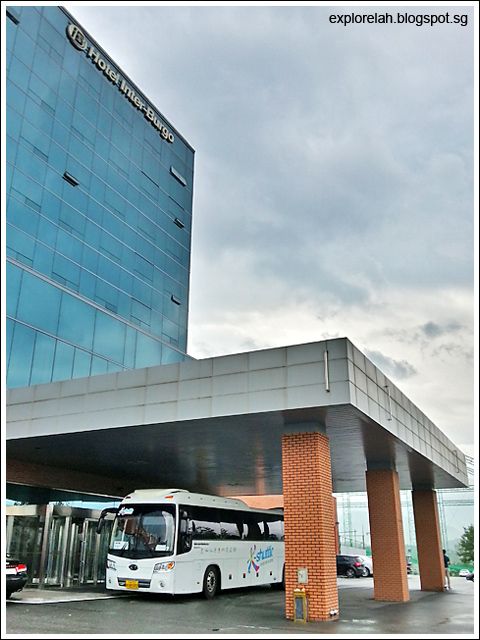 |
| Our K-Shuttle bus was ever on time for pick-up and departure to embark on another day of fun-filled sightseeing. |
Bidding farewell to our Spanish-influenced accommodation for the previous night, Hotel Inter-Burgo (whose name holds an affiliation to 'happy family'), we rode for about 1.5 hours to reach...
Pyeongchang is a county within the Taebaek Mountain region of Gangwon province. It is adored for its ice-capped mountains during winter, thus Pyeongchang is also christened the 'Alps of Korea'. While the county is home to several notable temples such as Woljeongsa, Pyeongchang has more recently garnered interest and fame as the site for the Winter Olympics in 2018.
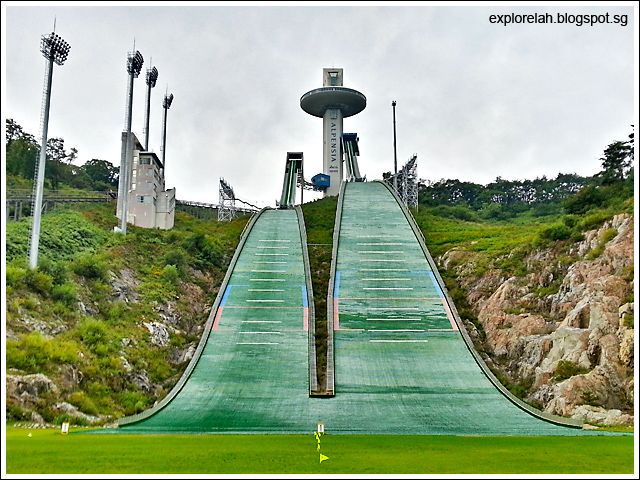 |
| Ski jump tower and slopes at the Alpensia Stadium. |
 |
| I've never skied before so pretending that I've just done an Olympian jump at ground zero of the upcoming games... and pretending I've won Olympic Gold in the video below! LOL... |
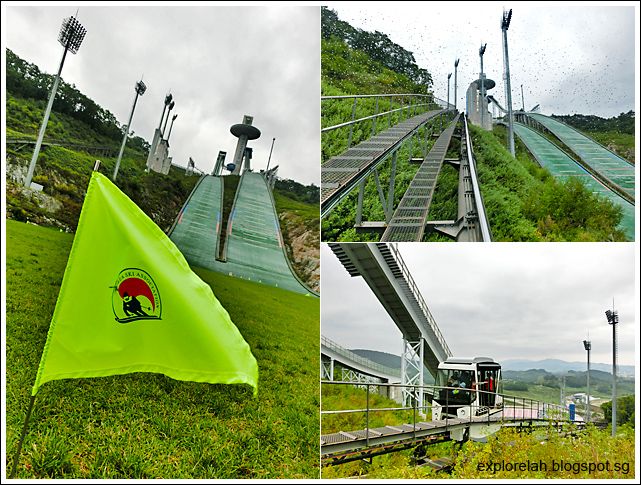 |
| To feel the heartbeat of athletes at the Games, we took a monorail ride up to the ski jump tower where the leap off points are located. |
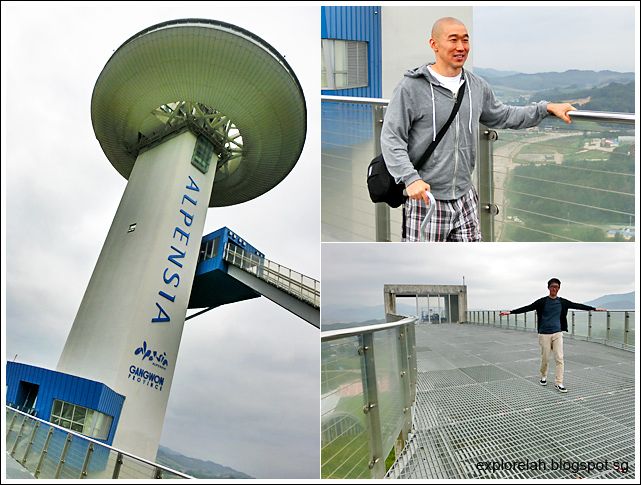 |
| Samuel had to overcome his fear of heights to get to the leap off point while Jonathan soared with the elevation. |
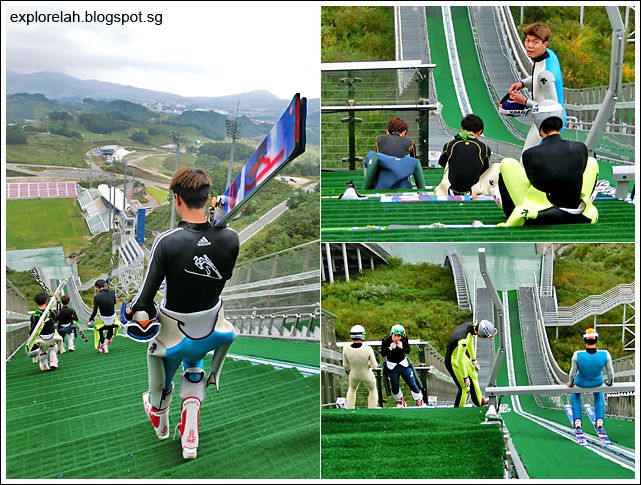 |
| Ski jumpers were in training during our visit and we got to see these daredevils in action! |
 |
| It's a long way down if I missed a step. I don't know how the ski jumpers can conquer the leap. |
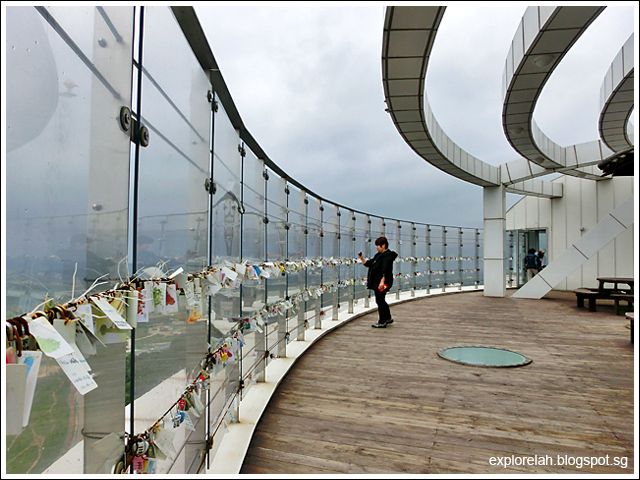 |
| A few floors up from the jump off point is an observatory with its circumference lined with love notes. Makes the single heart feel even lonelier. |
An eastern coastal city in the South Korean province of Gangwon-do, Gangneung is the economic nerve center of the region which boost a number of popular tourist attractions and culturally significant architectural sites such as Ojukheon & Museum and Seongyojang.
Ojukheon & Museum
Our stop at Ojukehon & Museum was a extremely brief 30 minutes. We were given the option of enjoying this rest stop with a coffee break at one of the cafes next to the museum or paying the admission to the historical site. Due to the rush, I was torn between chillaxing with a cuppa or checking out Ojukheon. I decided on the latter. Except for speeding through the estate to snap some shots, I didn't have time to learn about its history at the in-house museum.
 |
| Entrance to Ojukheon & Museum. Entrance fee : W3,000 (adult). |
My flash visit of Ojukheon & Museum drenched my knitted top as I dashed from one point of interest to another, yet I didn't manage to cover everything. The estate isn't very big, but the buildings are pretty scattered. It would've been nice to get a little more time to spend here as not many of the heritage places we go to are homes to such prolific figures in Korean history.
Leaving Ojukheon, we arrived at a restaurant that specializes in Sundubu Jeongol (soft tofu hotpot) for lunch. I find it interesting that the dish emphasized the word 'soft'. Tofu is soft in the first place right?
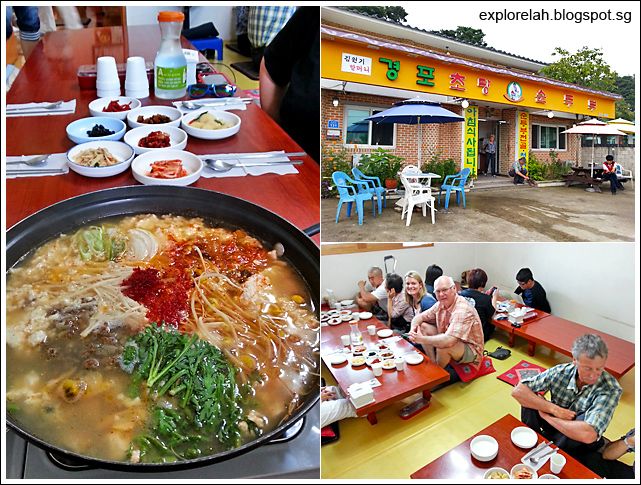 |
| While the hotpot simmered, we worked ourselves into the pretzel position for lunch. I can never get used to eating like this as my legs and butt cheeks kept falling asleep and go numb. |
Seongyojang
Done playing Lego with lunch, we took a short 15-minute ride to Seongyojang, an estate that exemplified the fine example of upper-class residences in the late Joseon Dynasty. Built in 1703 from the descendants of the royal household, the estate consists of separate men and women quarters, servants lodges, a library, and a pavilion.
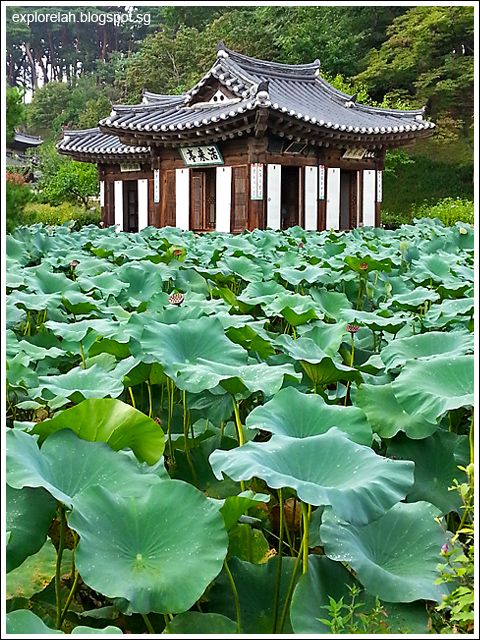 |
| A pavilion that seemed to float on a field of lotus leaves welcomed us into Seongyojang. Can you imagine the sight when the lotuses are in full bloom? |
 |
| Sitting inside the pavilion and looking out over the lotus pond is like residing inside a poem. |
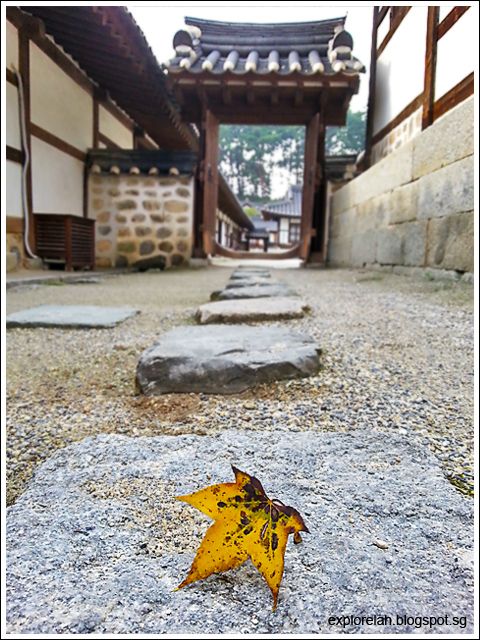 |
| Since autumn wasn't in full swing during my visit, I contented with this speckle of yellow to herald the changing of seasonal colours. |
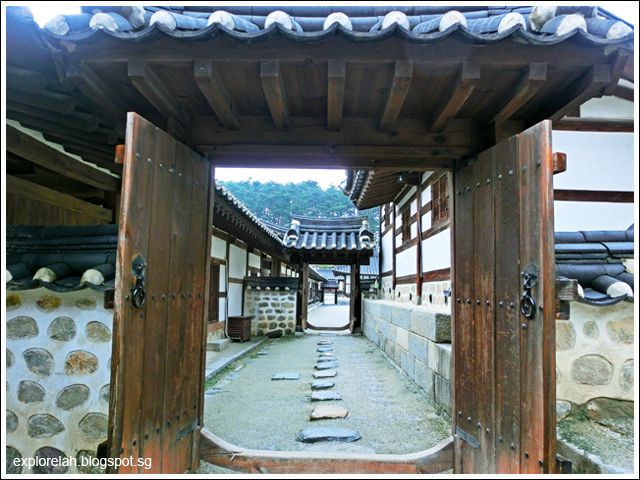 |
| Impeccably maintained for over 300 years, Seongyojang is honoured with a nod into the Important Folklore Cultural Properties of Korea list in 1965. |
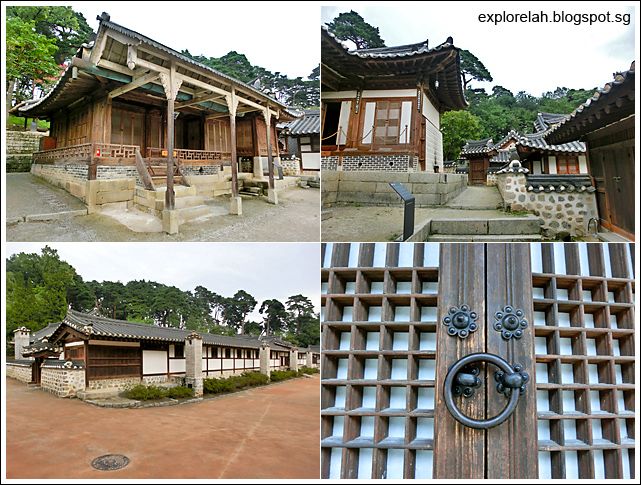 |
| Seongyojang is revered as one of the best examples of Korea's premium traditional housing in the 20th century. |
I rather enjoyed the earthy brown hues of Seongyojang, which was a break from the gregarious roof designs of the various temples and wealthy abodes I've visited so far.
After being given ample time to explore Seongyojang, we hopped on the K-Shuttle bus again for a 1.5 hours shuttle to...
The attraction that dominates over all other sights at Sokcho is Seoraksan (Mount Seorak). The highest mountain in the Taebaek mountain range (which is considered to be the backbone of South Korea), Seoraksan boasts one of Korea's most beautiful autumn spectacle with foliage of varying hues dressing the season.
Not limited by its beauty in autumn, Seoraksan is an all-season attraction as it offers various scenic treks that lead to picturesque temples, dramatic waterfalls and stunning geological formations.
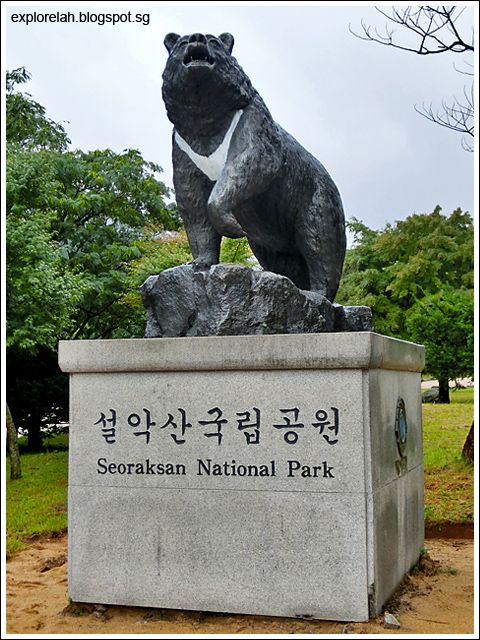 |
| The entrance to Seoraksan was guarded by this Black Sun Bear immortalised in a silent call of the wild. |
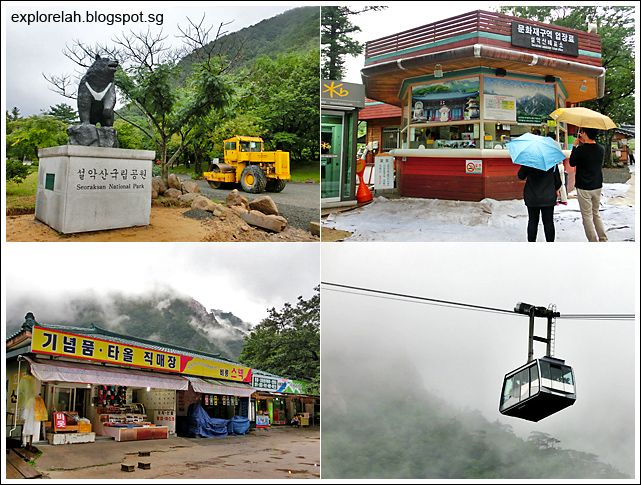 |
| Instead of trekking up Seoraksan, a quicker way would be via the cable car service. |
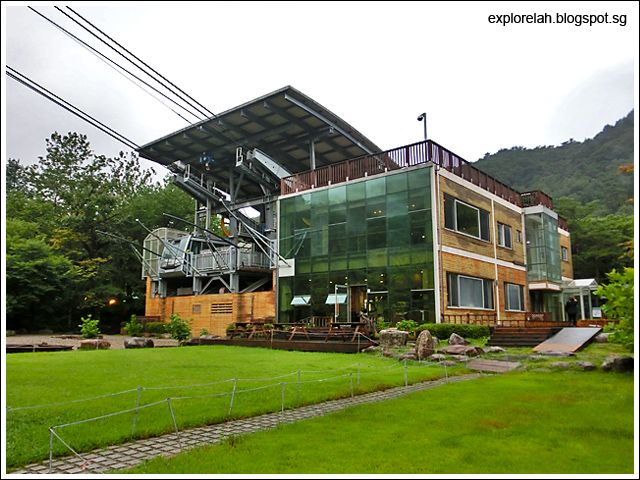 |
| Cable car station at Seoraksan. |
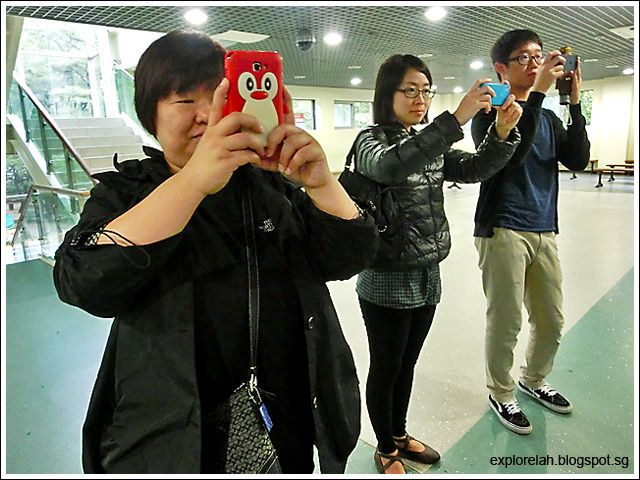 |
| Cute moment... Lesley, Eunice and Jonathon |
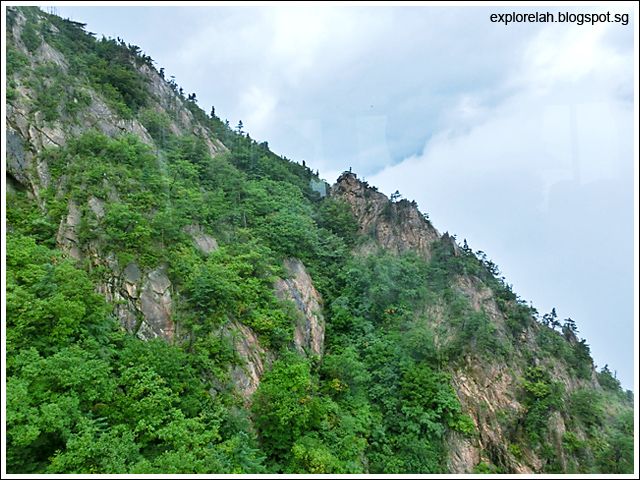 |
| A peek of the mountainside before reaching the peak. |
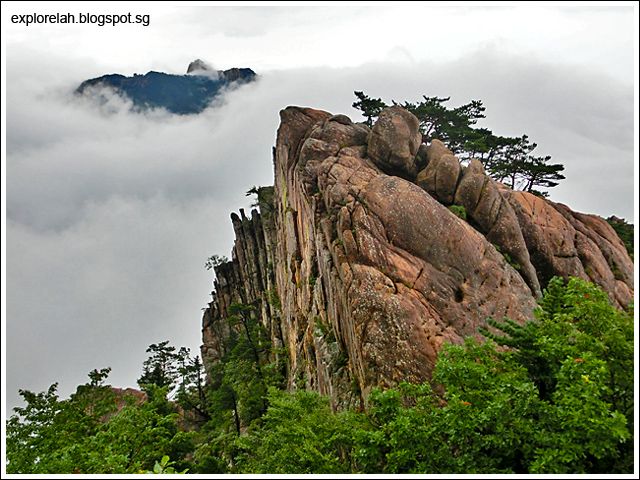 |
| It was a foggy day during our visit. The sea of clouds concealed and revealed the peaks and cliffs of Seoraksan in a peek-a-boo game with visitors. |
When I decided to join the K-Shuttle tour, the first Korean question I seek out was "hwajiangshilee awdiyeyo", which means "where is the toilet?". Having gone through some long-haul bus tours where I have to hold in a full bladder and sometimes major load of digested meals, I'm paranoid about coach rides that test the breaking point of my holding capacity. But K-Shuttle makes well-spaced stops for toilet breaks and the driver was even willing to go off course for an emergency answer to nature's call.
Of all the attractions that K-Shuttle brought us to, my favourites were Bulguksa Temple (Gyeongju) and Seoraksan (Sokcho). The hotels that K-Shuttle checked us into were not shabby stays and the places that we were brought to for lunches and dinners showcased an interesting variation in authentic Korean cuisines (except for breakfast, other meals are not included in the K-Shuttle package).
To ease the planning of a free-and-easy holiday to Korea, a reliable trip planner could be CTC Holidays where they can help customise and advise on how to tailor your vacation with K-Shuttle to make sure you see as much as you want, or take it as easy as you please.
This post has been made possible by Korea Tourism Organisation Singapore and K-Shuttle.
Sole companion : Timberland.

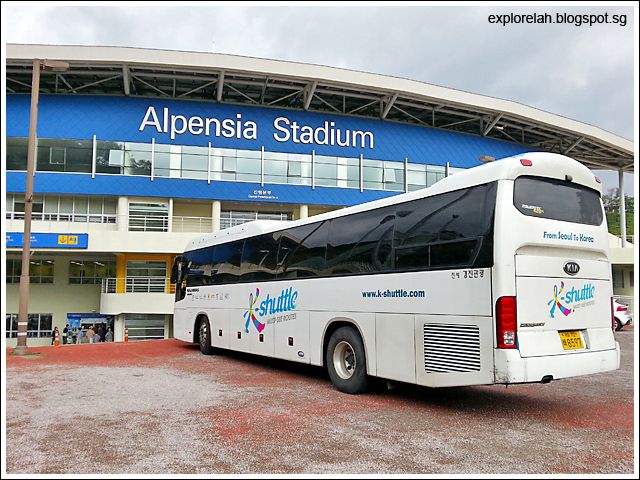
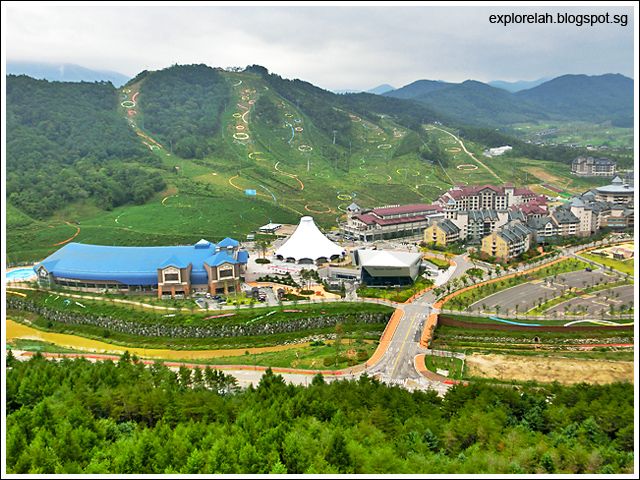
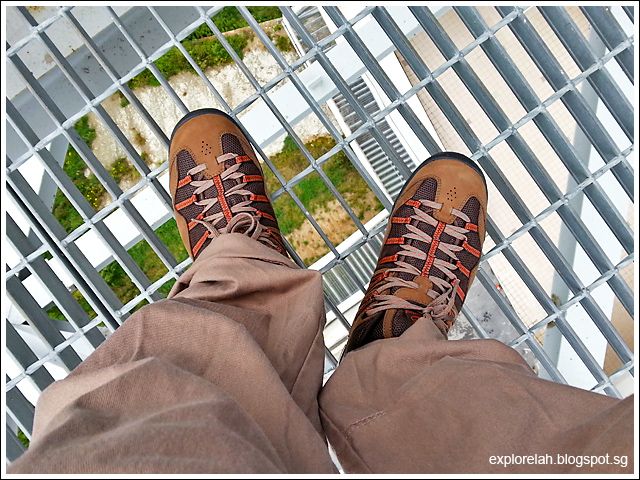



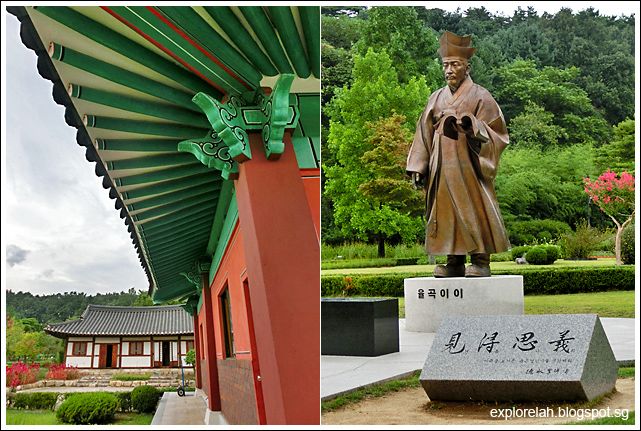
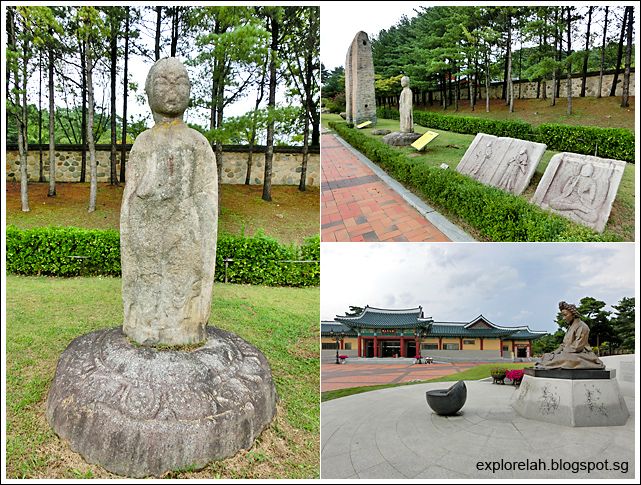
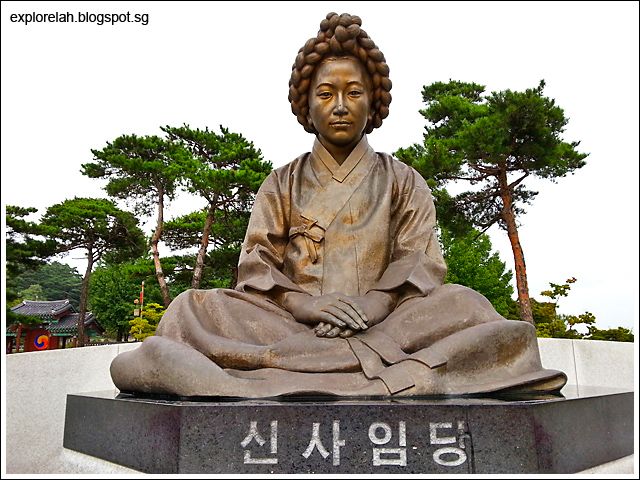

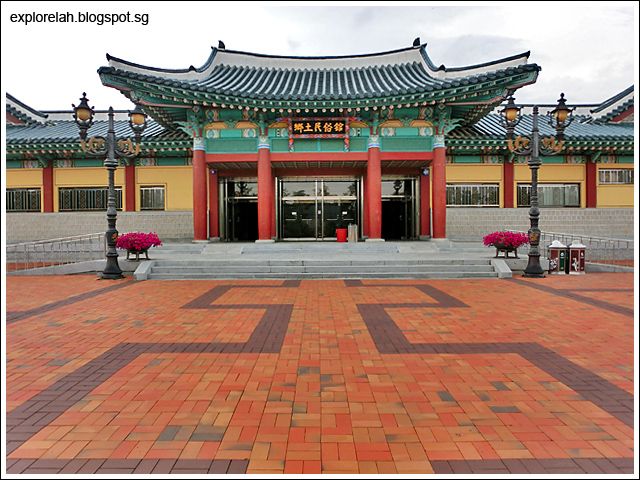


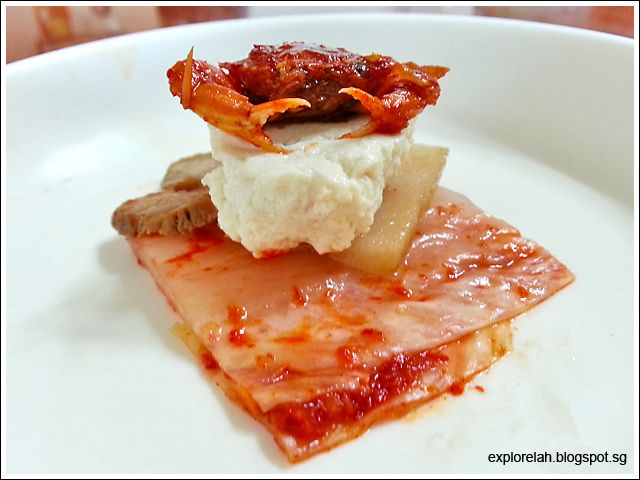



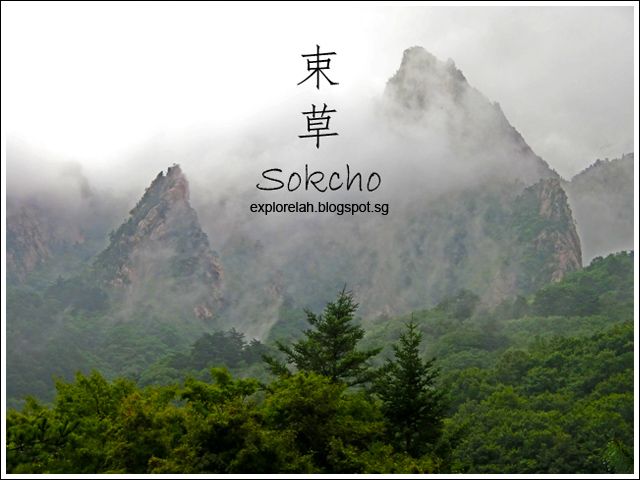
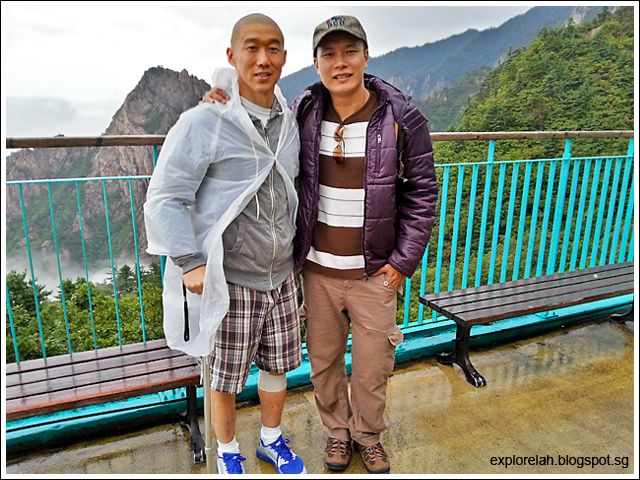

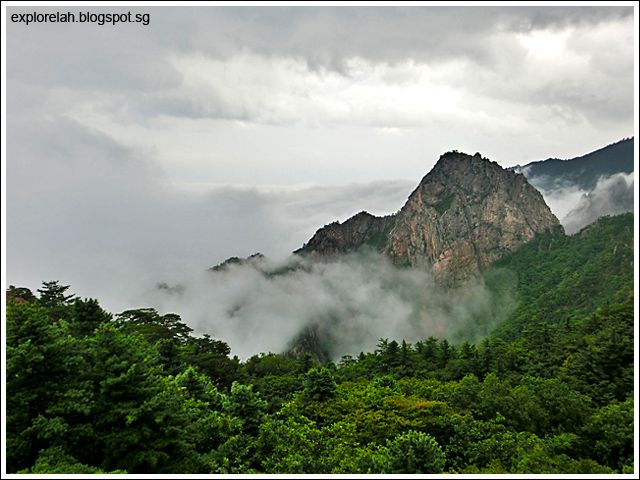
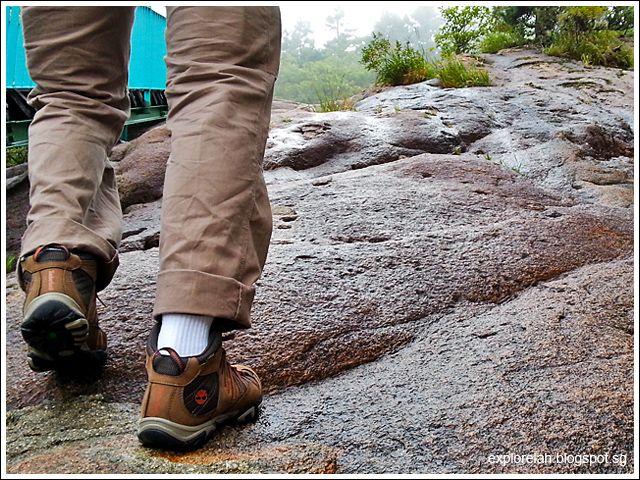
This travelogue is a lovely read and helpful for my upcoming December South Korea holiday. Hopefully I can see the autumn colors then!
ReplyDeleteSoraksan park, it was one of my happiest day and best trip.
ReplyDelete